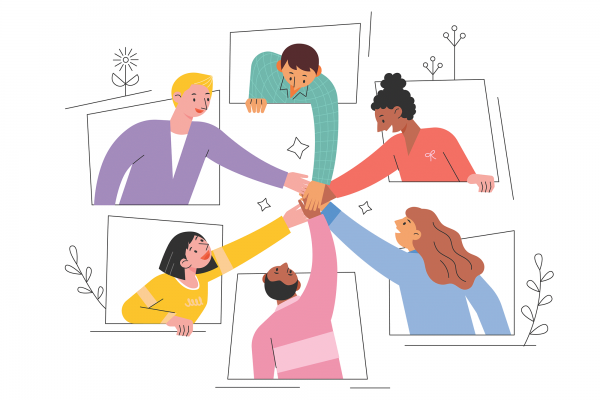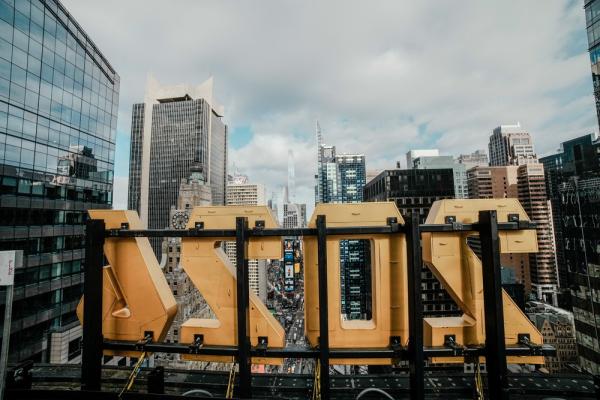THE THREE SHORT rows of folding chairs for the public were not full, but this was the highest attendance I had seen at a city council meeting. I was curious how the mayor and council members would respond this time. Community members had showed up to support a couple fighting what they felt was an unfair $20,000 building code violation fine.
After some preamble, the floor opened for public comment. A handful of residents of the small midwestern city where I live came to the podium for their allotted three minutes. “We’ve lost the adult in the room,” one woman said. “I implore the council to consider the human aspects,” a man said. He asked if the building board of appeals would be seated to review this case.
The mayor blinked, expression unchanged, “We can’t comment, and your time is up.”
The rest of the meeting flew by. Each agenda item was raised with no discussion and pushed through with nearly unanimous votes. The entire meeting was over in 17 minutes.
Later, I met with some of the residents who showed up that day. They are concerned about an opaque and unresponsive municipal government that doesn’t have residents’ best interests in mind. But changing the status quo is tedious, to say the least. Who will attend hours of city council and committee meetings and leaf through pages of disbursement reports? Who will track down if that new contractor is the mayor’s cousin? More importantly, who will hold elected officials accountable? Who will challenge public servants for their seats when they aren’t truly serving the public?
IN ONE OF our last municipal elections, one alderman won with 49 votes. Only seven percent of the registered voters in her ward turned out.
A recent study from Portland State University found that local election turnout in 10 of America’s 30 largest cities was less than 15 percent. The median voter age was 57. Given the dismal turnout rates and overrepresentation of older, white voters, however, a small, committed group of people encouraging their neighbors to participate can dramatically shift the face of local government.
Local civic engagement is unsexy and often boring. Media outlets tend to skip over local stories, creating news deserts where people hear little about what’s going on in their neighborhoods, apart from unreliable social media posts. When the community is uninformed, it’s easy for local officials to abuse their power.
When I consider Jesus’ call to love my neighbors, showing up at city council and committee meetings isn’t top on my list. But the deliberations that happen in these spaces matter significantly for the daily lives of my neighbors and me, from how much our water costs to which companies get to do business in our backyards. Uniting with neighbors on these granular details can bridge the polarizing ideological divides so prevalent in national politics. In our times of fraying social trust, local civic action is one powerful way we can know and love our neighbors.

Got something to say about what you're reading? We value your feedback!






